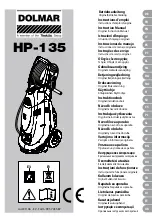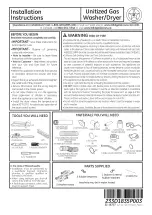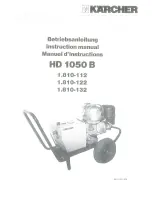
Instructions for use
8
2
Disposal
Dispose the packing material!
Dispose of your washing machine's packaging correctly. All the packag-
ing materials used are harmless to the environment and can be recy-
cled.
• Plastic parts are marked with standard international abbreviations:
• Cardboard packaging is manufactured from recycled paper and
should be deposited in the waste paper collection for recycling.
Dispose the old appliance!
When you finally put your appliance out of operation,
please bring it to your nearest recycling centre or to your dealer.
2
Environment Tips
• The pre-wash cycle is not required for averagely dirty washing. This
saves washing powder/liquid, water and time (and does not harm the
environment).
• The washing machine is especially economical when you fully utilise
the stated filling quantities.
• For small amounts of washing, use only half to two thirds the recom-
mended amount of washing powder/liquid.
• Suitable pretreatment enables stains and small amounts of dirt to be
removed. You can then wash at a lower temperature.
• Use the energy-saving program to wash garments which are lightly to
moderately dirty.
• There is often no need for conditioner. Try it once! If you use a dryer,
your washing will become soft and velvety even without conditioner.
• In the case of medium to high water hardness, (hardness range II or
higher, see ”Washing and Care Agents”), you should use water sof-
tener.
The washing powder/liquid can then always be metered for hardness
range I (= soft).
>PE<
for polyethylene, e.g. sheet wrapping material
>PS<
for polystyrene, e.g. padding material (always CFC-free)
>POM<
for polyoxymethylene, e.g. plastic clips









































